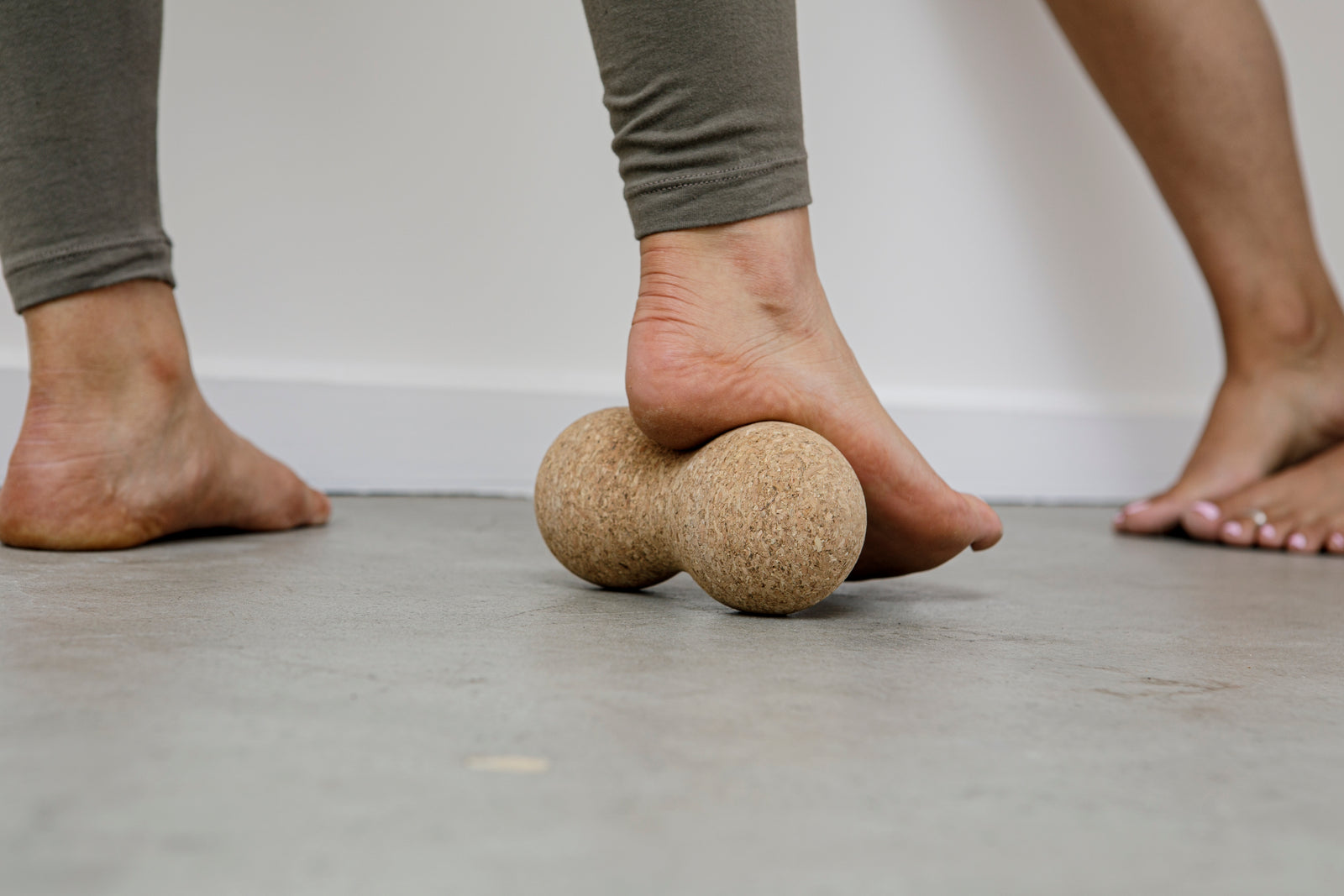Your Cart is Empty
- New In
- Sale
- Shop by Collection
- Accessories
- Astrological Planner + Diaries 2024
- Affirmation + Oracle Cards
- Greeting Cards | Birthday + Well wishes
- Candles
- Ceramics
- Crystals
- Drink Bottles
- Essential Oils + Skincare + Wellness
- Exercise Equipment + Mats + Bolsters
- Gift Card
- Homeware + Decor
- Jewellery
- Books + Journals
- Kids
- Socks
- Sage | Incense + Burner
- Tea + Mugs
- Made in Australia
- Men
- Zodiac + Astrology
- Sale
- Shop Clothing
- Shop by Brand





